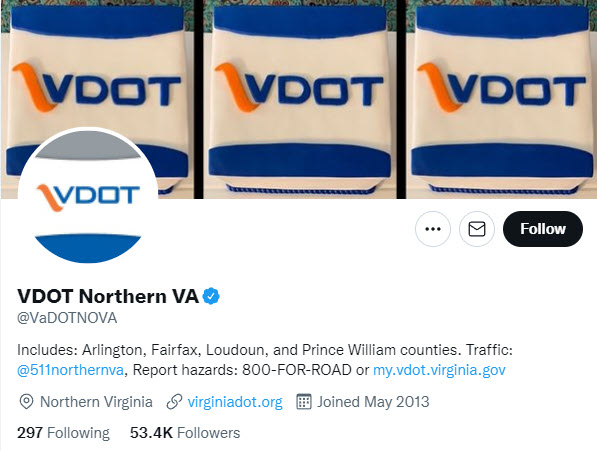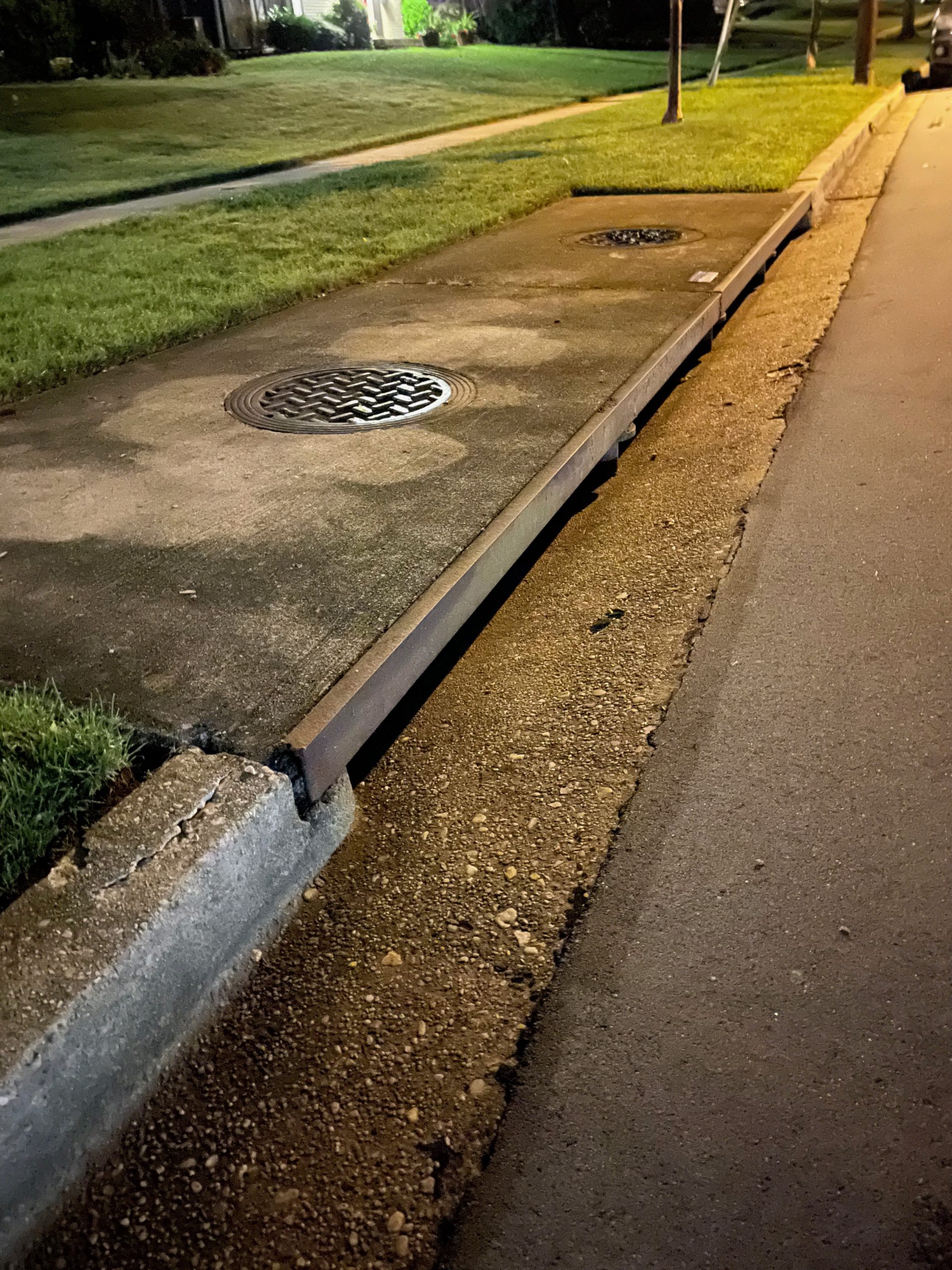July Newsletter – Pro Tips & Resources
ADA Turns 32 This Month
Three Keys to Advising Senior Leaders
By Tracy Imm, ABC, APR
As global communications professionals, we often find ourselves in the position of strategic advisor to senior leaders. I have found three keys to being a successful advisor and coach that you can practice immediately to include:
1. Meet Them Where They Are: Before you proactively engage with your senior leader, do a quick assessment of their communications style, level of intuition and interpersonal skills to determine their strengths and weaknesses as a communicator, both internally and externally. Some senior leaders naturally have the charisma, presence and intellect for impactful business results. Others are more junior in their aptitudes or skills and will require more coaching and consulting from you as the communications expert. Once you determine how you can best support this executive, you can meet them right where they are in their professional development and begin to partner with them on what matters most to them, provide useful advice and build rapport. Knowing what specific business outcomes they are responsible for will help you in your endeavors. Their success = your success.
2. Active Listening Is the Secret Ingredient: Pay attention to what the person says in meetings, through emails and other forums. Listen for the nuances in their language, both written and spoken word. Especially when you first begin to work with a leader, you will want to observe their body language and the words that they use. All of this activity, while it may feel uncomfortable at first, will serve you later when you ghost write, develop presentation material or coordinate town halls or media engagements.
3. Influence By Speaking Their Language: Senior leaders speak the language of business: revenues, profit margins, client satisfaction and employee engagement. Bolstering your knowledge and business acumen will earn you the respect of your senior leader. Know what their pain points are and you become an ally who can help them, both strategically and tactically. As a communicator, you bring to the table the ability to tell a story and impact key stakeholders with a compelling message. Bringing a well-thought-through engagement strategy that tackles the issue head on will be much appreciated. Be open to refining your work. Always bring a solid draft work product to the leader. Solve the pain points. Include messaging and tactics for each audience. Measure your outputs and your outcomes.
By implementing these three simple tricks, you will find that you can build a trusted relationship with your client quickly. Your global communications work will be valued more than you will know to both the senior leader and all of the stakeholders that they influence, both inside and outside the organization. Continue to ask for feedback from your manager and from your executive on ways that you can improve your business knowledge, communications skills, and showcase your abilities to be a trusted coach and advisor.
Contact Information:
Tracy Imm, ABC, APR
5 Tips from a Twitter Ninja
Shout-out to Ellen Kamilakis, Assistant District Administrator for Communications, Northern Virginia District, VDOT, for her fantastic June 9th lunchtime presentation for IABC DC Metro! Ellen shared insights and tips from VDOT’s award-winning use of Twitter. Couldn’t be there? Here are five very brief takeaways from her talk. And here’s the YouTube link to the full webinar: MeeMaw Webinar.
- Be relatable, creative, and willing to poke fun at yourself.
- Use Twitter for two-way dialogue. Build a community, not just a channel. (And remember that ‘community’ can happen around the clock.)
- Be genuine and empathetic. (This is a human interaction with real people, foibles and all.)
- Planning to change or add to your core strategy or persona? Give people some warning and show them what you’re up to.
- Don’t be tone deaf. (When people are consumed with worry about problem X, they don’t need to hear about Y and Z.)
(Image: Virginia Dept. of Transportation)
Communicate to Protect Your Watershed
By Mark Wright
It’s easy to find pretty pictures of the many rivers and tributaries that feed into the Chesapeake Bay. But this summer, as you head to the shore or out on the water, notice these easily taken-for-granted features along neighborhood streets: storm drains.
They’re definitely not pretty, yet they are every bit as important to the health of the Bay. Why? Because storm drains have no filters.
Whatever goes down there gets flushed out into the watershed. If you’ve ever helped in an Earth Day stream clean-up, you’ve seen the results: all manner of trash hung up in the sticks and stones of area creeks and the Potomac River.
Despite all the volunteer efforts, some of that stuff makes its way out to the Bay, fouling waterfowl and wreaking havoc on habitats along the way.
You Can Help: Your pro communicator skills can help spread the word. Write an article for your neighborhood association newsletter. Post a photo or video to your community’s social media feed.
Let people know that storm drains are just gateways to the Bay and our local waterways. We all need to be educated and reminded that even what we do miles away still has an impact.
See a plastic bottle about to roll into the drain near your home? Grab it! Got kids who think storm drains are trash cans? Let ’em know it ain’t so.
Want More Info? Here are some organizations making a difference:
- Chesapeake Bay Foundation
- Alliance for the Chesapeake Bay
- Interfaith Partners for the Chesapeake*
- Alice Ferguson Foundation
(* Full disclosure: I’m a volunteer board member here.)
Questions? Feel free to reach out to me at: PickUpYourPlastic.org. Or email me at: mark@wrightscontent.com.
 The Americans with Disabilities Act (ADA) was signed into law on July 26, 1990, by President George H.W. Bush.
The Americans with Disabilities Act (ADA) was signed into law on July 26, 1990, by President George H.W. Bush.


